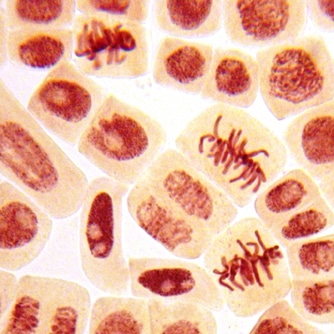Starting from induced pluripotent stem cells (iPSCs), Japanese researchers created human liver buds complete with blood vessels that performed normal metabolic activities, when implanted in mice. Takanori Takebe, from Yokohama City University (Japan), and colleagues induced human somatic cell-derived iPSCs to develop into hepatic endoderm cells — a type of progenitor cell destined to mature into normal liver cells — and then co-cultured them with human umbilical vein endothelial cells and human mesenchymal stem cells. After observing that liver buds formed successfully in culture and developed a primitive vasculature, the researchers then transplanted them into mice, where the buds engrafted and connected to the mouse vasculature. To confirm that these mini-organs carried out metabolic functions expected in the liver, the team confirmed that the tissue expressed normal liver proteins such as albumin and alpha-1-antitrypsin, and metabolized drugs including ketoprofen and debrisoquine. Further the transplants were found to be metabolically active enough to improve survival in mice with drug-induced liver failure. Writing that: “To our knowledge, this is the first report demonstrating the generation of a functional human organ from pluripotent stem cells,” the study authors submit that: “this proof-of-concept demonstration of organ-bud transplantation provides a promising new approach to study regenerative medicine.”
Growing a Human Liver
Takebe T, Sekine K, Enomura M, Koike H, Kimura M, Ogaeri T, Zhang RR, Ueno Y, Zheng YW, Koike N, Aoyama S, Adachi Y, Taniguchi H. “Vascularized and functional human liver from an iPSC-derived organ bud transplant.” Nature. 2013 Jul 3.
RELATED ARTICLES




